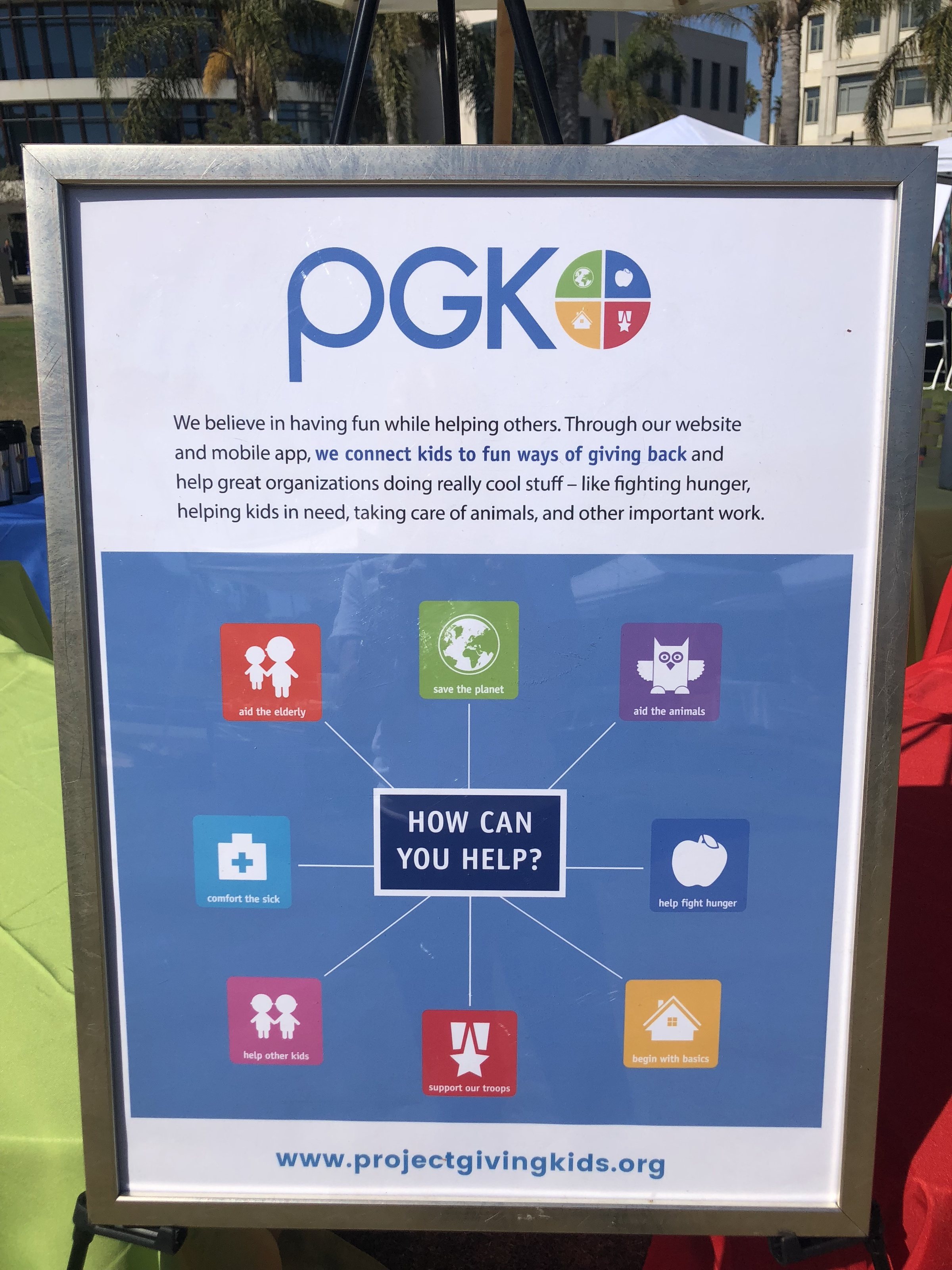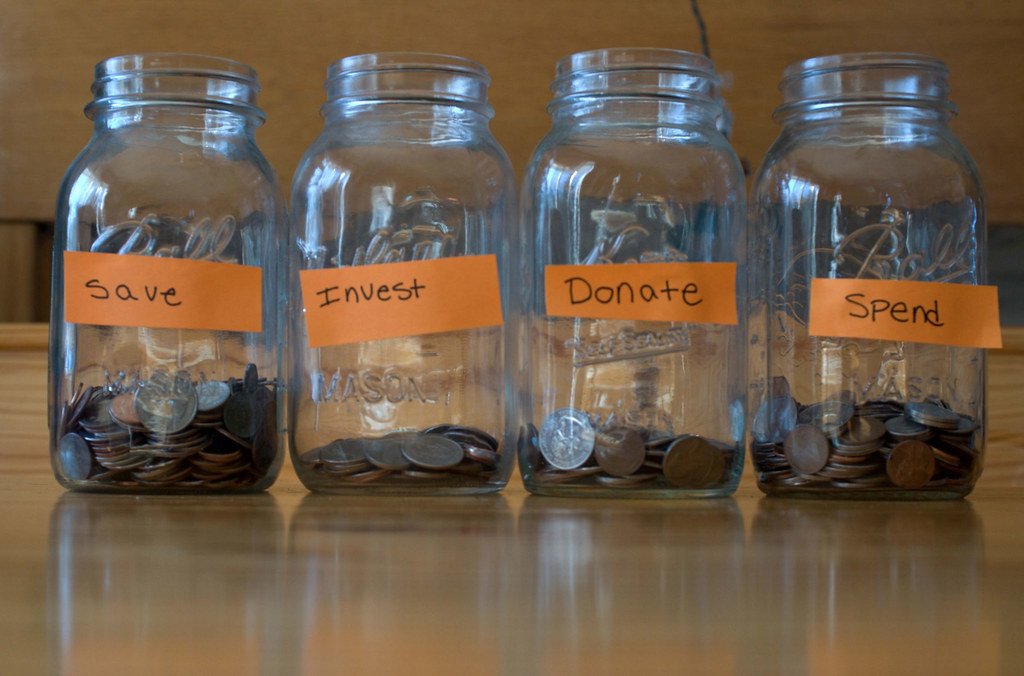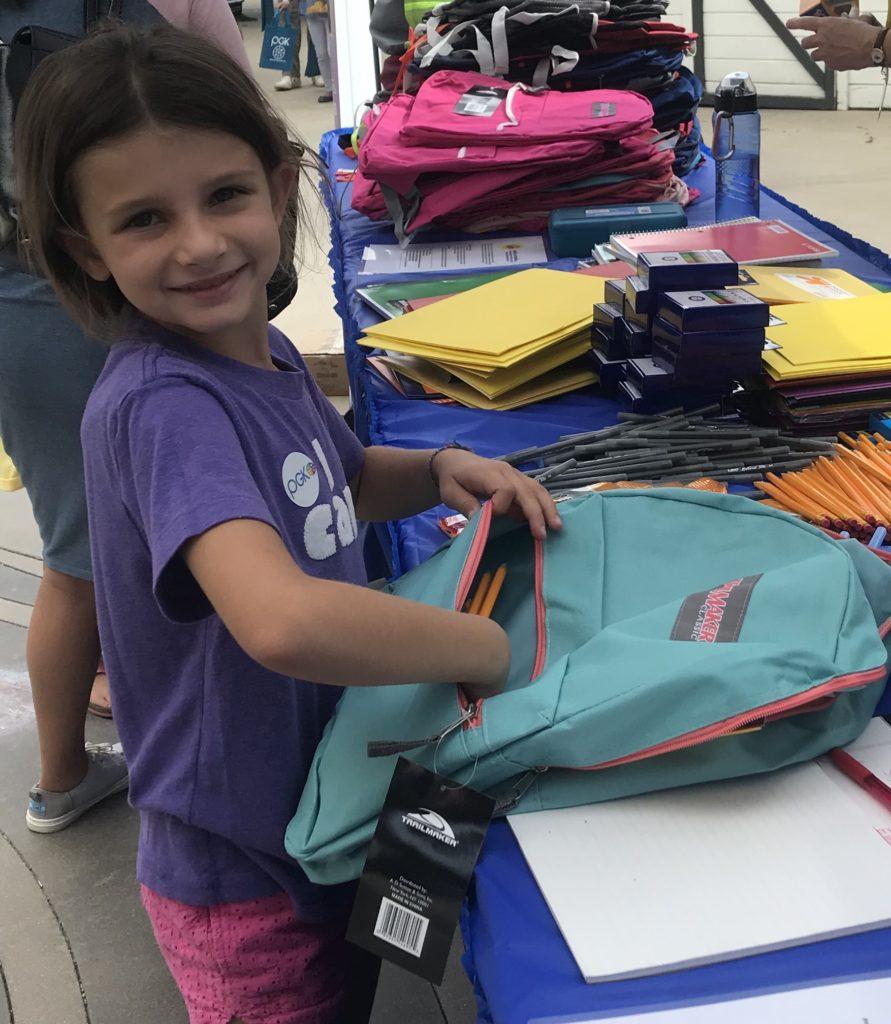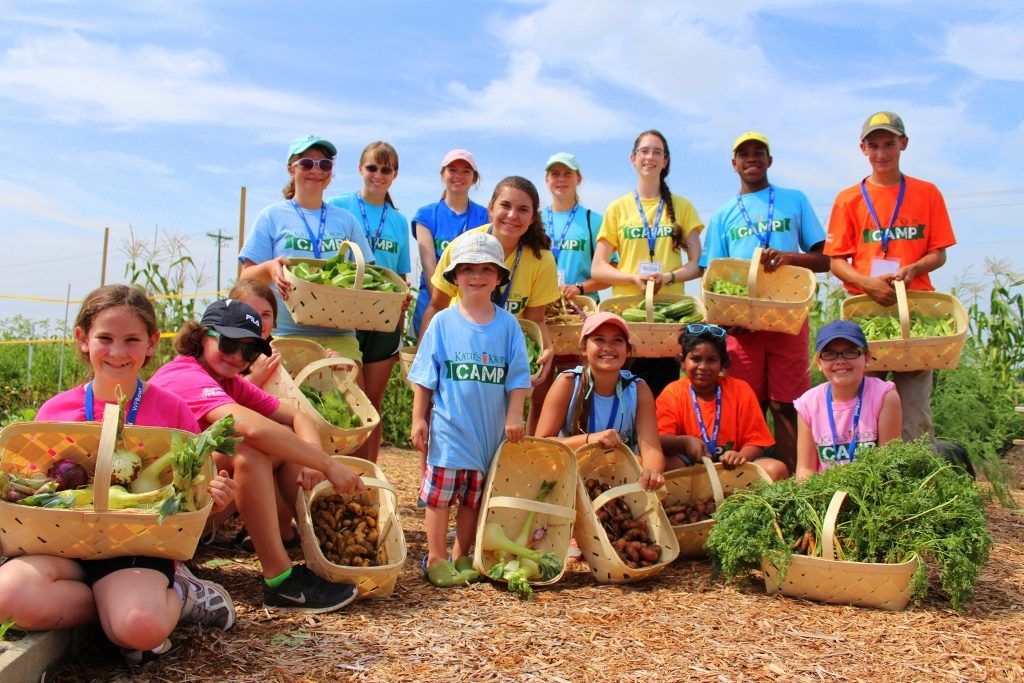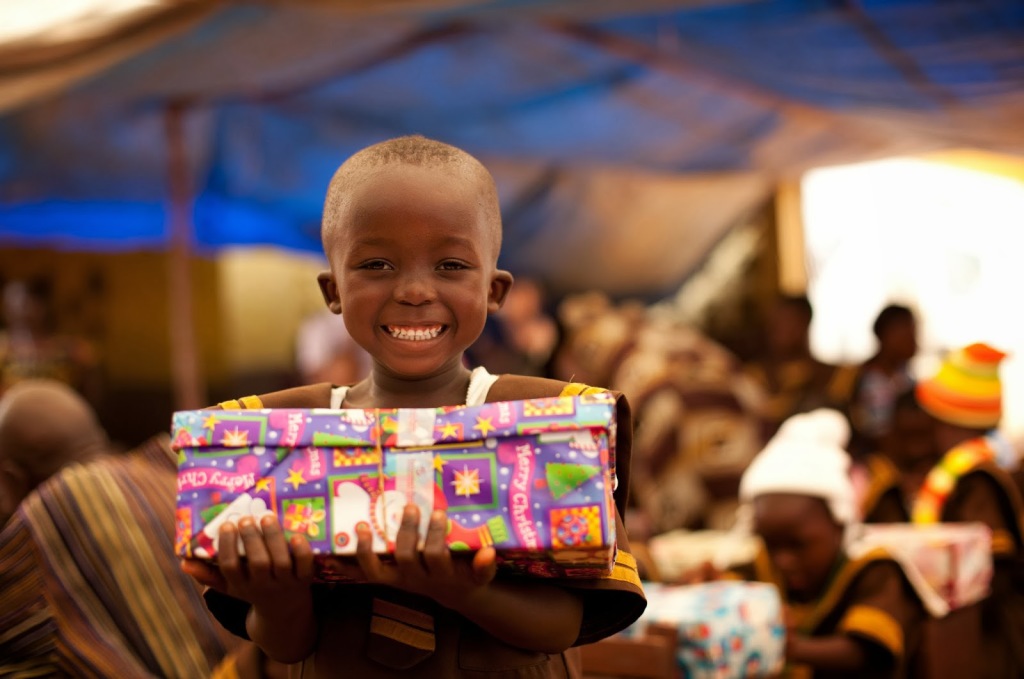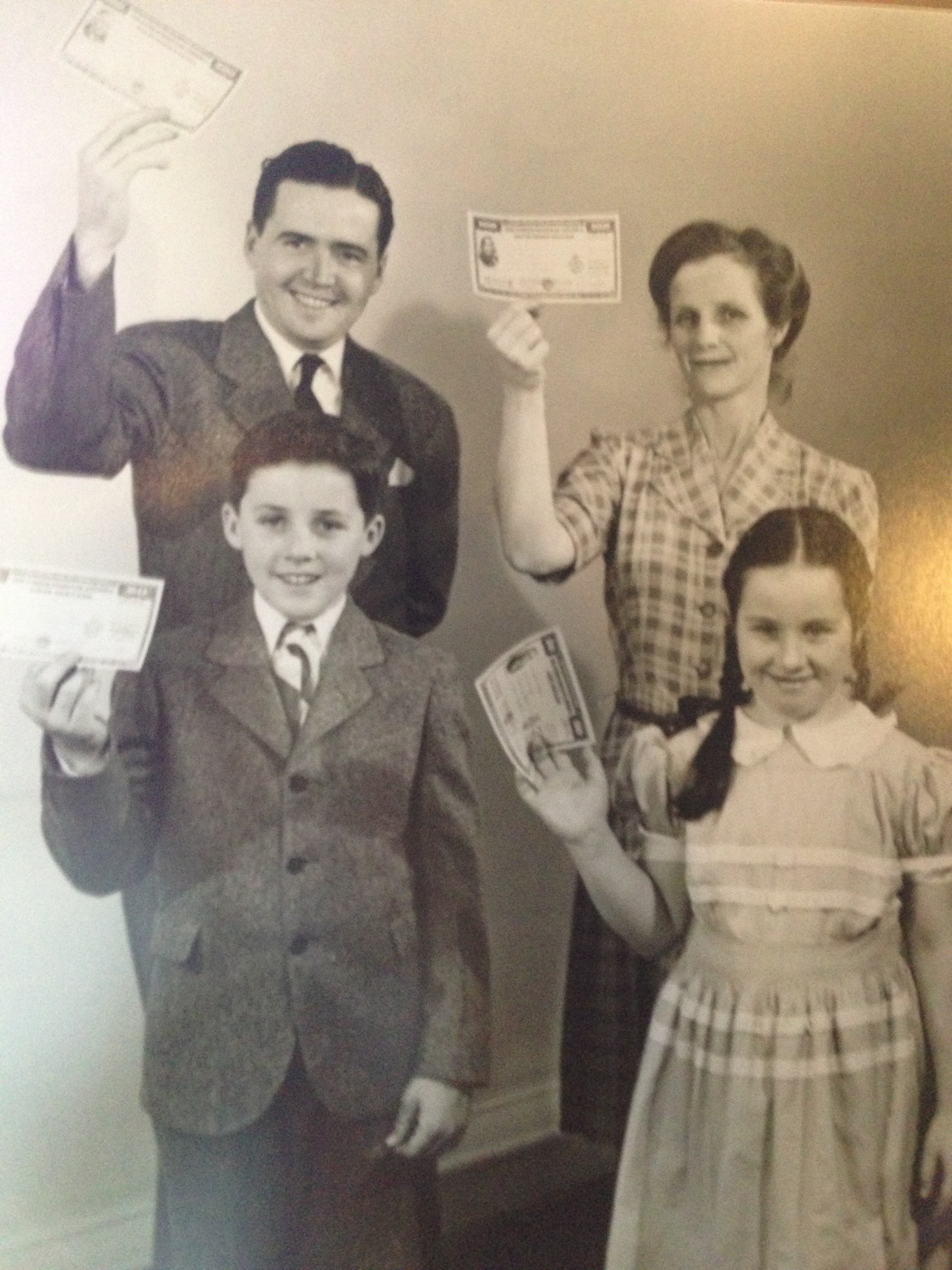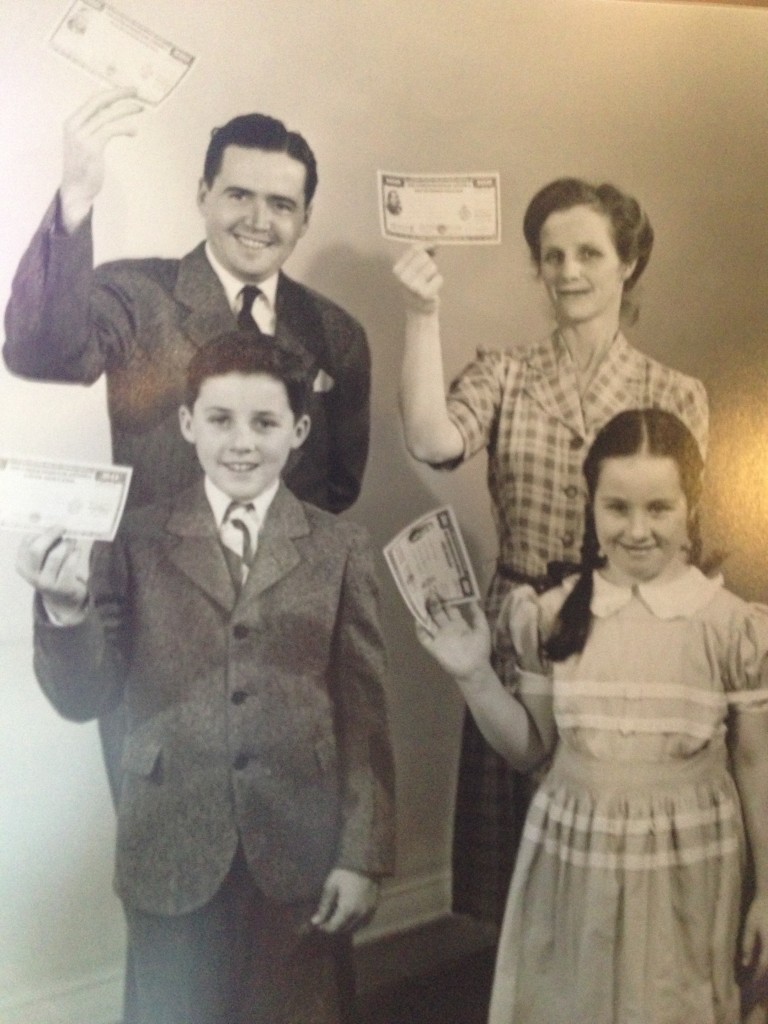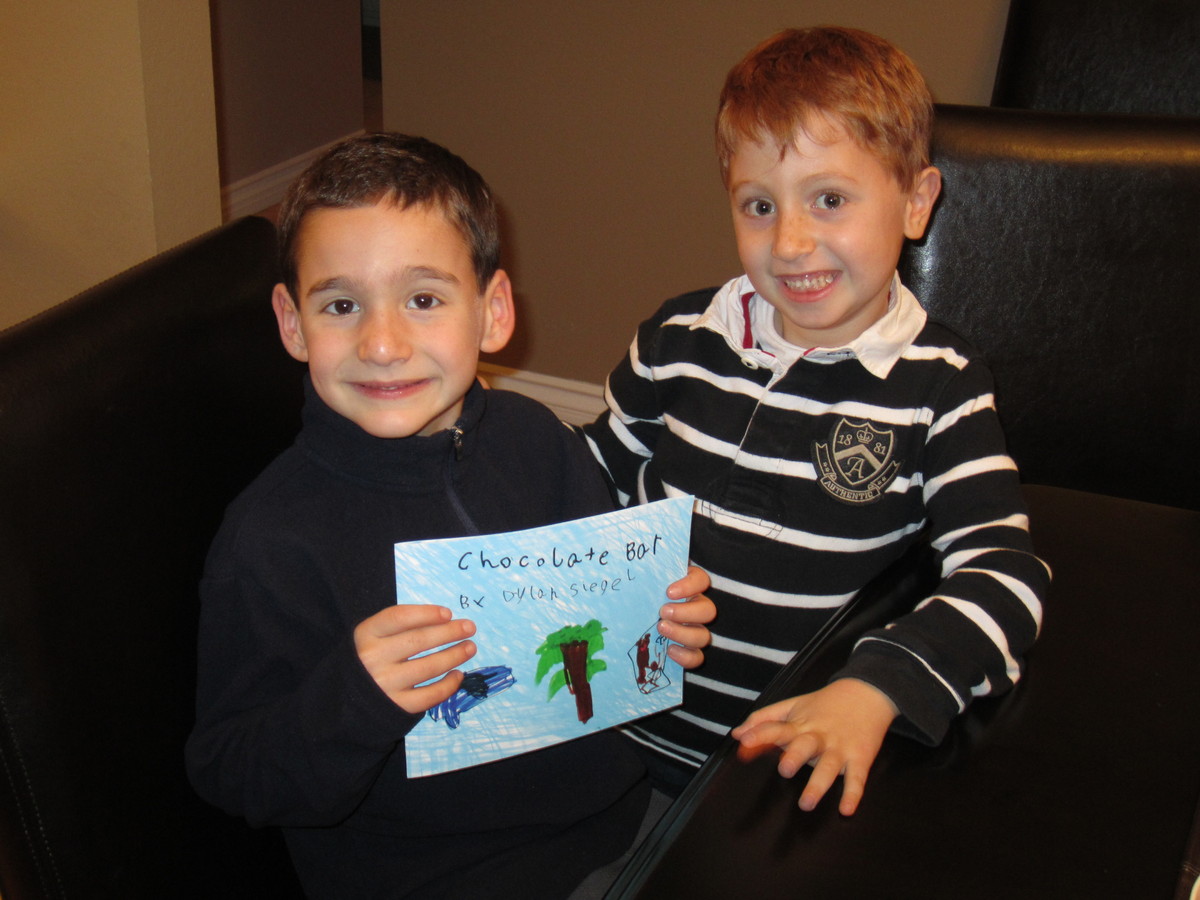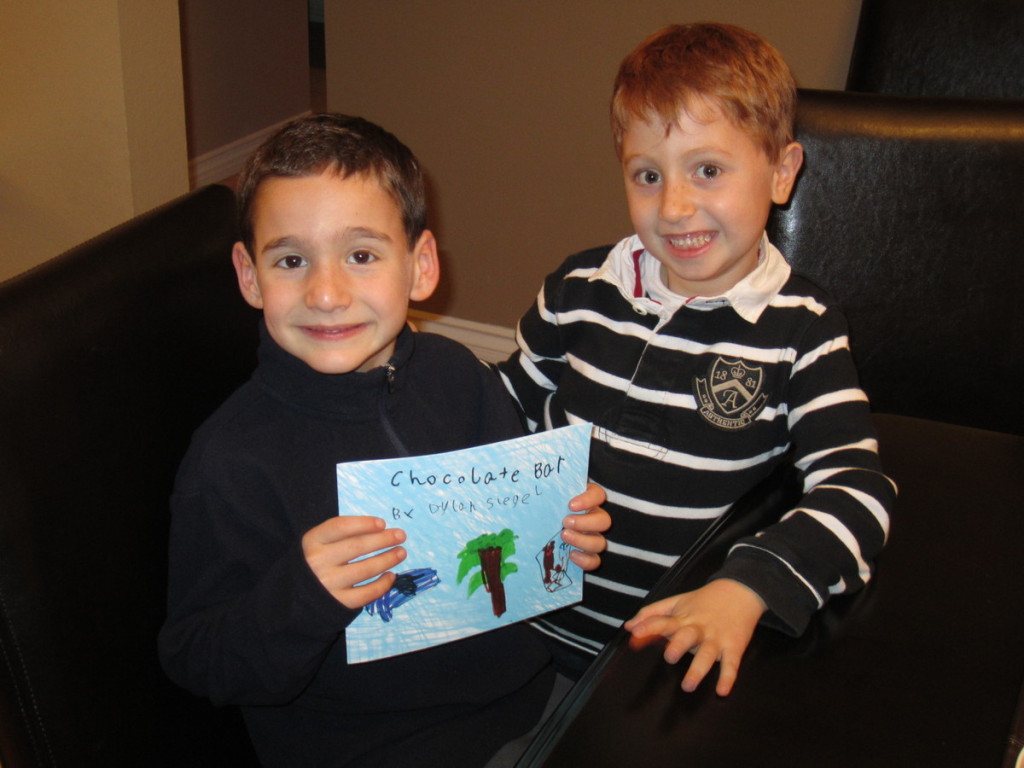I am always so amazed that is the same time each year that I find people asking for suggestions on raising philanthropic children. Once again, it’s worth sharing.
While my sons are far from the poster children for philanthropy, they certainly do a lot to help others. I am proud that each of our sons has found different ways to give back and share the gifts that they have been given. Now in their twenties their giving is changing yet again. Time is now a rare gift so the older two are giving funds while our youngest is still involved in volunteering for his favorite cause.
Each year at Thanksgiving, we sit down as a family and decide what our family will do this season to help others. We have adopted soldiers for a year, adopted families over the holidays that could not have Christmas, we have wrapped gifts at local Childrens Hospitals and voted on which non-profits we want to support. Each person trying to convince the others why their cause is most worthy.
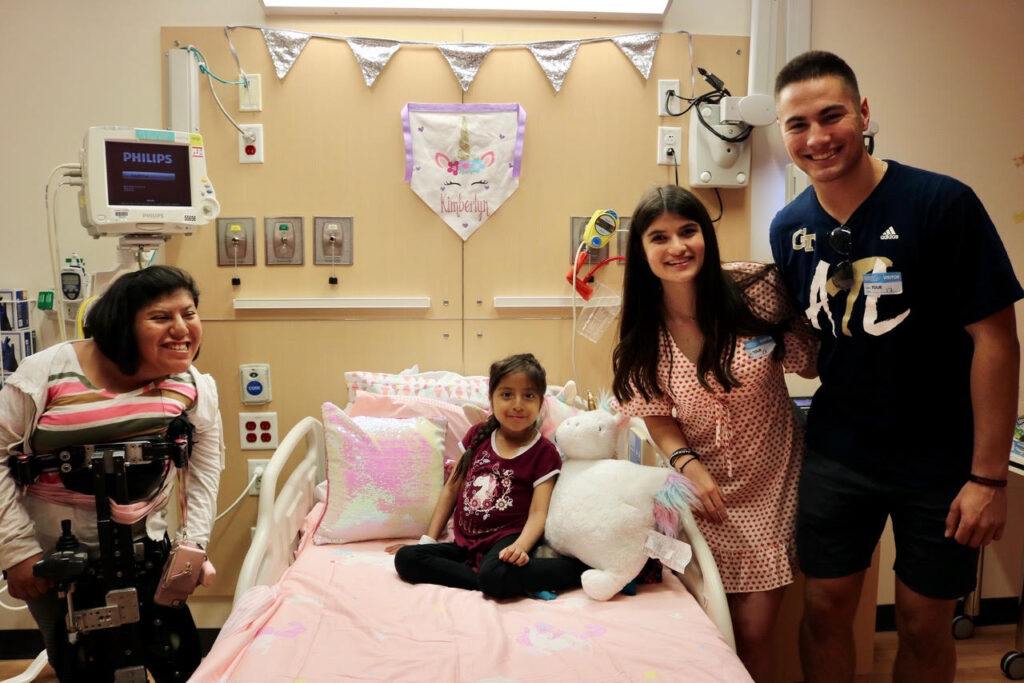
The reality is that there is no simple answer to this question and that raising charitable children is an ongoing process. A study from the Women’s Philanthropy Institute at Indiana University said, “the research showed that talking to children about giving increased by 20 percent the likelihood that children would give.”
Here are a few tips to remember as we approach the season of giving:
Six Tips for Raising charitable children:
- Start early, as early as 4 or 5 years old. Giving becomes a habit.
- Talk to your children about what causes interest them and bring causes to their attention.
- Be intentional by involving your children in your own charity endeavors.
- Use online tools to research organizations to involve your children
- Be consistent. Make charity a part of your traditions, the holidays and birthdays.
- Emphasize the joy because giving feels great.
Benefits of raising charitable children:
- Opens children’s eyes to the fact that others are not as fortunate as they are
- Develops empathetic thinking
- Fosters an appreciation for what they have
- Enhances self-esteem
- Correlates to improved performance in school
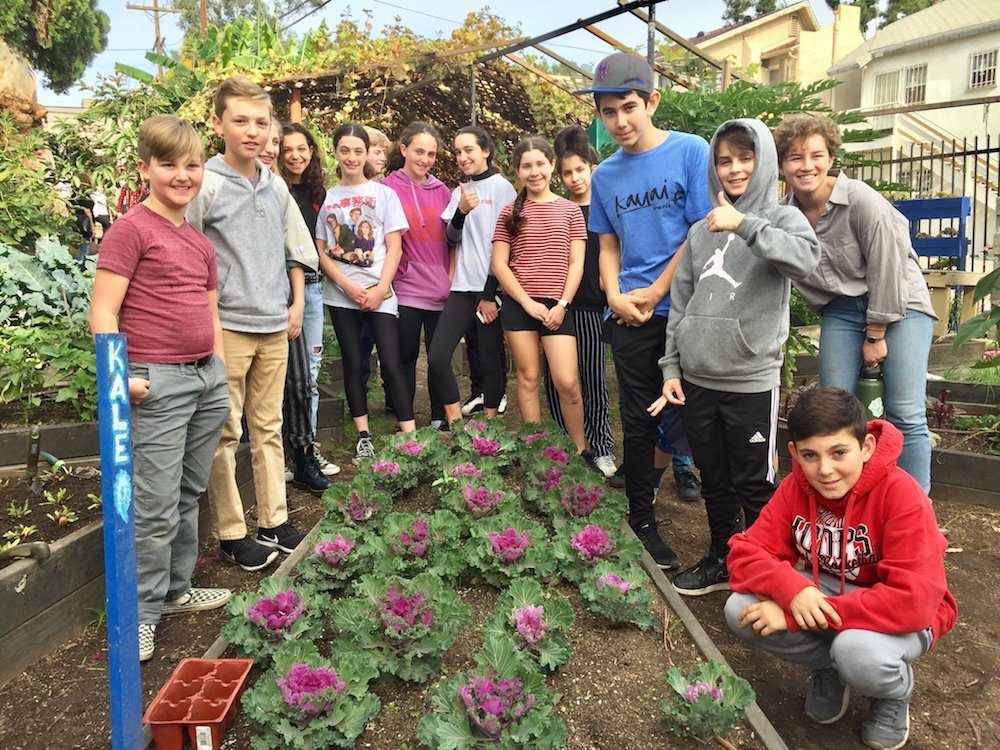
While this topic is relevant for the holidays, it is important to remember that giving does not just happen once a year. Teaching the gifts you receive from giving should become a way of life not seasonal. Once your children feel how great it is to give, their lives will forever be altered in wonderful ways.
Charity Matters.
Copyright © 2022 Charity Matters. This article may not be reproduced without explicit written permission; if you are not reading this in your newsreader, the site you are viewing is illegally infringing our copyright. We would be grateful if you contact us.




